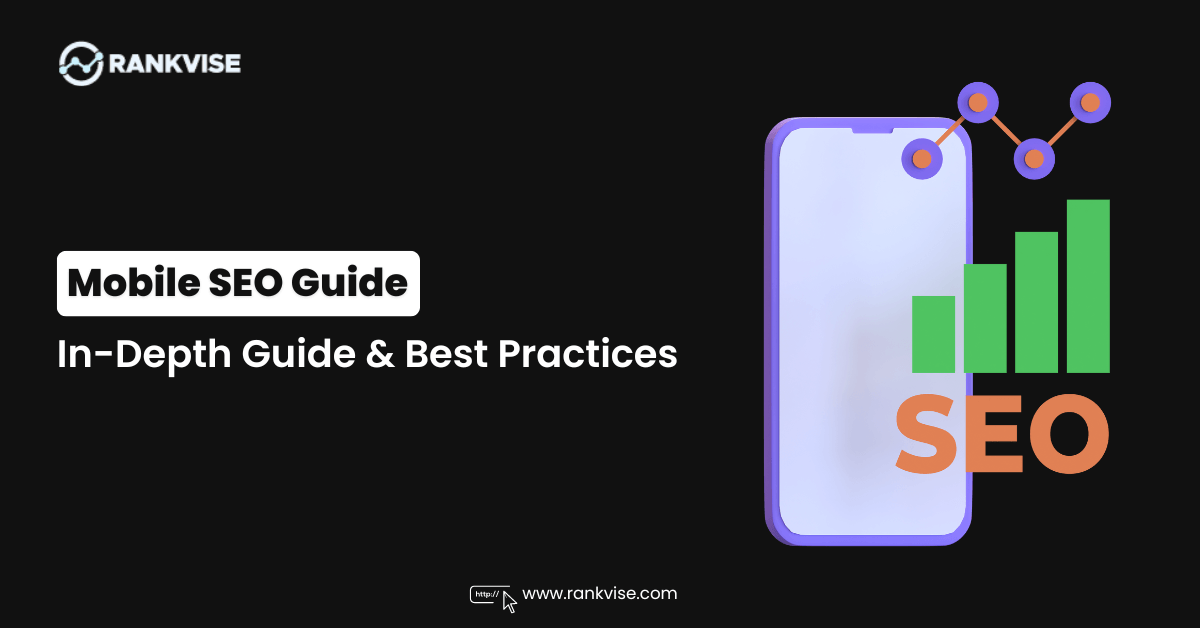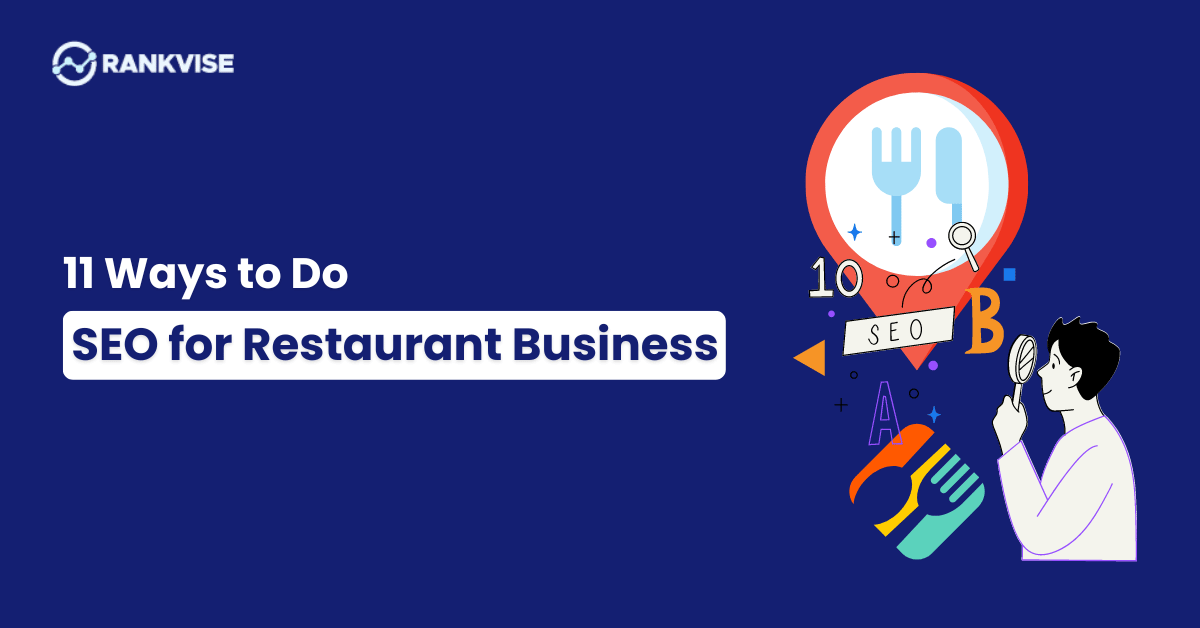Search Engine Optimization (SEO) content is one of the most important components of any website. It helps your website to rank higher in search engine results and drives more organic traffic to your website. This helps you to generate more leads and sales. In this article, we will discuss some proven strategies to create engaging SEO content that will help you to increase site traffic.
Let’s have a look at them one by one.
1. Find Relevant Long Tail And Short-Tail Keywords
Keyword research is an essential part of SEO content creation. It helps to identify the topics and phrases that people are searching for in search engines and then creates content that is relevant to what people are looking for.
It is important to understand the needs and preferences of your target audience and create content that is relevant to them.
For example, if you are a travel blog, you can use keyword research to find out what people are searching for while traveling, and then create content that is tailored to their needs.
Long-tail keywords are longer phrases that are more specific and relevant to the topic or service being discussed. These keywords are more likely to have higher search volumes and are more relevant to your content.

Short-tail keywords are shorter and less specific phrases and they refer to large topics than specifics but they are important too. So it is important to choose the right keywords for your content
There are a variety of tools available that can help you to identify the most popular search terms related to your website. These tools include Google Keyword Planner, Ubersuggest, and SEMrush.
Using relevant keywords in your content helps to make it more search engine friendly, which in turn helps to increase the visibility of your website in search engine results pages. This, in turn, helps to increase the organic traffic to your website.
2. Structure The Content With The Right Heading Tags
A structure with the right heading tags is a way of organizing your content into sections and subsections. The headings used are typically <h1>, <h2>, <h3>, and so on. These headings help to provide a structure and hierarchy to the content, making it easier for search engines to crawl.
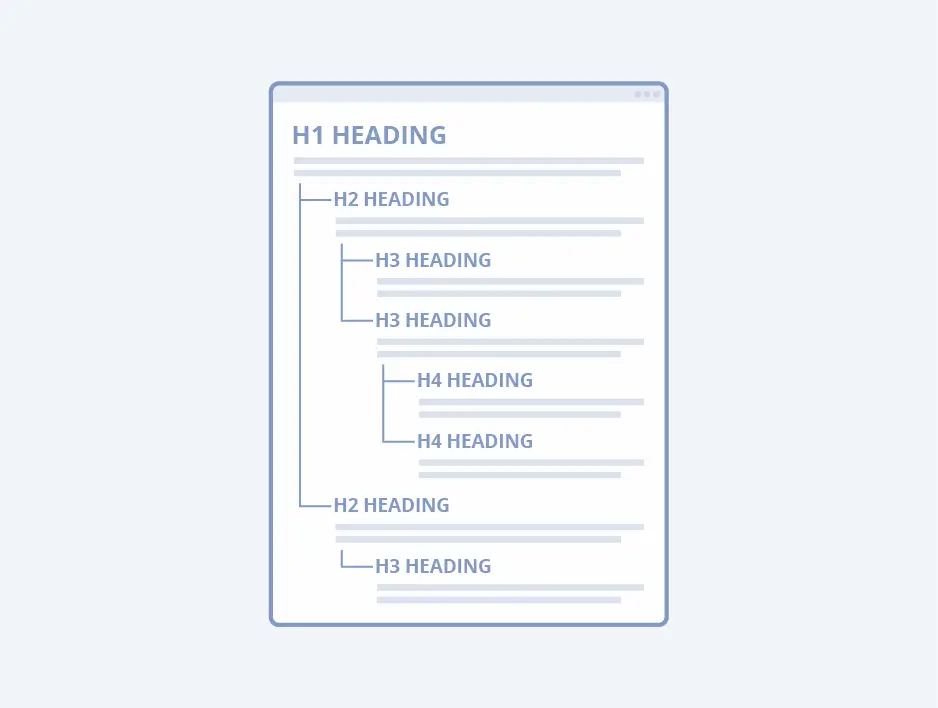
Using the right heading tags helps to make it easier for the audience to read your content. Structuring your content with the right heading tags helps to make it easier for search engine bots to index your content. It helps to improve the visibility of your website in search engine results pages and increases the organic traffic to your website.
3. Optimize Your Metadata
Metadata is data about the content you are writing. It includes information content, such as the title, description, and keywords that are used to describe the content. These are only the parts of your content that are seen in SERPs.
The meta description that you provide for your content affects both users and search engines. Search engines use the meta description and the meta title to determine the relevancy of your content, whereas online visitors use this data to determine whether they want to read the whole content or not.
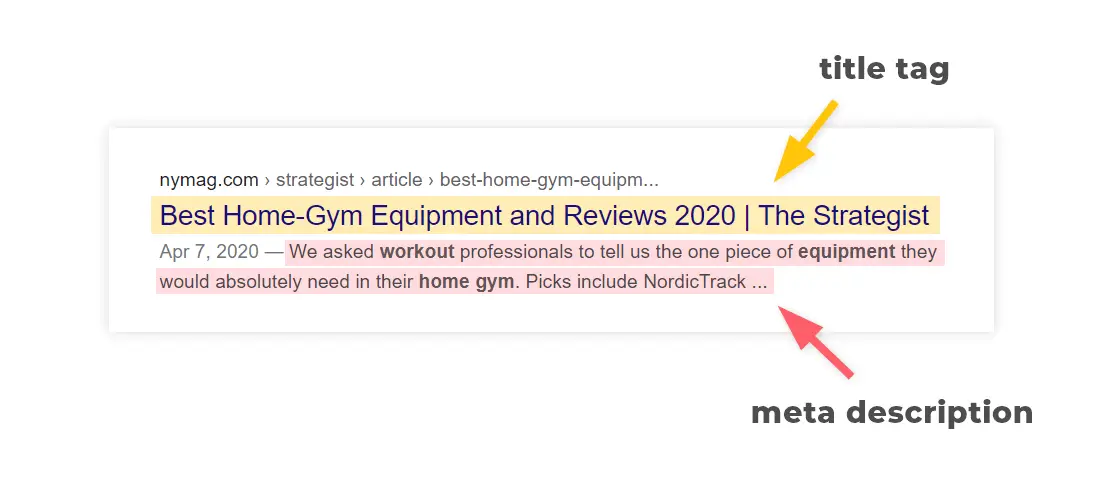
Metadata is important for SEO content because it attracts the audience to click on your page which indirectly increases your organic traffic to your website.
Some Useful Tips to Write Optimize Metadata
Here are some useful tips for writing optimized metadata. These tips will make you write optimized meta titles as well as meta descriptions.
- You should include primary keywords at least once in your content title as well as meta-description.
- Add some powerful words (such as Best, Top, etc.) in the meta-title that could grab the attention of your potential audience.
- Make sure to write the meta title and description clearly and concisely, within the optimal limit of words. For the Title, the optimal limit ranges between 50-60 characters and for meta-description, it is between 150 to 160.
- You should use descriptive and compelling language in metadata.
4. Add High-Authority External Links And Relevant Internal Links
High-authority external links are links from other websites that are considered to be reliable and trustworthy. Relevant internal links are links from your website that are related to the content that you are creating.

High-authority external links and relevant internal links are important for SEO content because they help improve your traffic. It builds the trust of readers with your website, and in the future, they will be there for the services and information.
When creating SEO content, it is important to add high-authority external links and relevant internal links. This helps to increase the traffic to your website for being trustworthy.
5. Add And Optimize Images
Optimizing images is an important part of SEO content. Images not only give your content visual appeal but they can also be used to increase SERP rankings.
Among others, there are two main things that you can do to optimize your images for SEO: adding alt texts and compressing the image size.
When an image cannot be shown, the text known as alt text is displayed. It helps search engine algorithms determine the subject matter of a picture, and if incorporated appropriately, it can raise your ranks.
Size compression is also important for SEO content, as images that are too large can slow down website loading times and negatively affect your SERP rankings.
By optimizing images with alt text and size compression, you can ensure that your SEO content is optimized for search engines and more likely to show up in SERPs.
6. Keep Your Content Easy To Understand
No matter how many SEO techniques or strategies you have applied to your content, if it is not easy to read, it may not experience a good amount of traffic.
That is why, it is necessary to keep your content as simple as possible for a better understanding of the audience.
Reader comprehension increases the likelihood that they will stay on your material for a longer time. This will result in increasing the dwell time, and rankings.
Now, you may be thinking about how to keep the content easy. For this, you should write commonly known words and phrases instead of technical or difficult ones.
We know that this will not only require a good vocabulary bank but also time and effort. That is why, we also have a backup plan.
You can consider getting help from an online rewording tool to quickly make the content simple. This tool will reword your given content by replacing technical/difficult words in it with easy synonyms.
For an illustration, check out the image below:
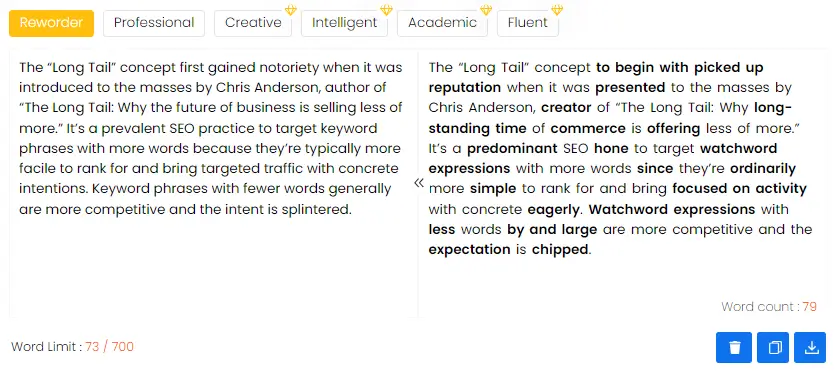
As you can see, the tool has quickly reworded the input content in a simple way without changing the original meaning. So, why wait? make your web content user-friendly right now and attract maximum traffic.
7. Always Make Sure To Check For Plagiarism
It is important to check for plagiarism because if your content is plagiarized, it can result in penalties from search engines. This can include being removed from the search engine index, being penalized in rankings, or even having your website removed from the search engine results pages.
That is why, it is necessary to always make sure your content is 100% unique before publishing it online. And remember, even if you have written content on your own, it is still necessary to check it for plagiarism. This is so because, oftentimes, some of our written pieces may accidentally match with someone else, resulting in unintentional plagiarism.
The only way to check plagiarism in the content is by using an online plagiarism checker. These types of tools are made to spot any matches that your content may have with an existing online source. For this, they first scan and match the input content with billions of internet sources (articles, journals, ebooks, research papers, etc.).
If any plagiarized content is found, these tools highlight those copied pieces along with their matched source. So that, the users can take necessary steps to eliminate them.
Some Useful Tips That You Can Consider Following:
The best way to avoid plagiarism is to create original content and avoid copying content from other sources. If you do need to use content from other sources, it is important to cite the source and make sure that the content is properly attributed.
This can help to improve your SERP rankings and consequently drive more organic traffic to your website.
Final Thoughts
Creating engaging SEO content is an effective way to drive organic traffic to your website. Using relevant keywords in structured content should be optimized by metadata and external and internal links.
By taking the time to optimize images, keep your content easy to understand, and always check for plagiarism, you can ensure that your SEO content is optimized for search engine algorithms and more likely to show up in SERPs. Taking these steps can help to improve your SERP rankings and consequently drive more organic traffic to your website.




